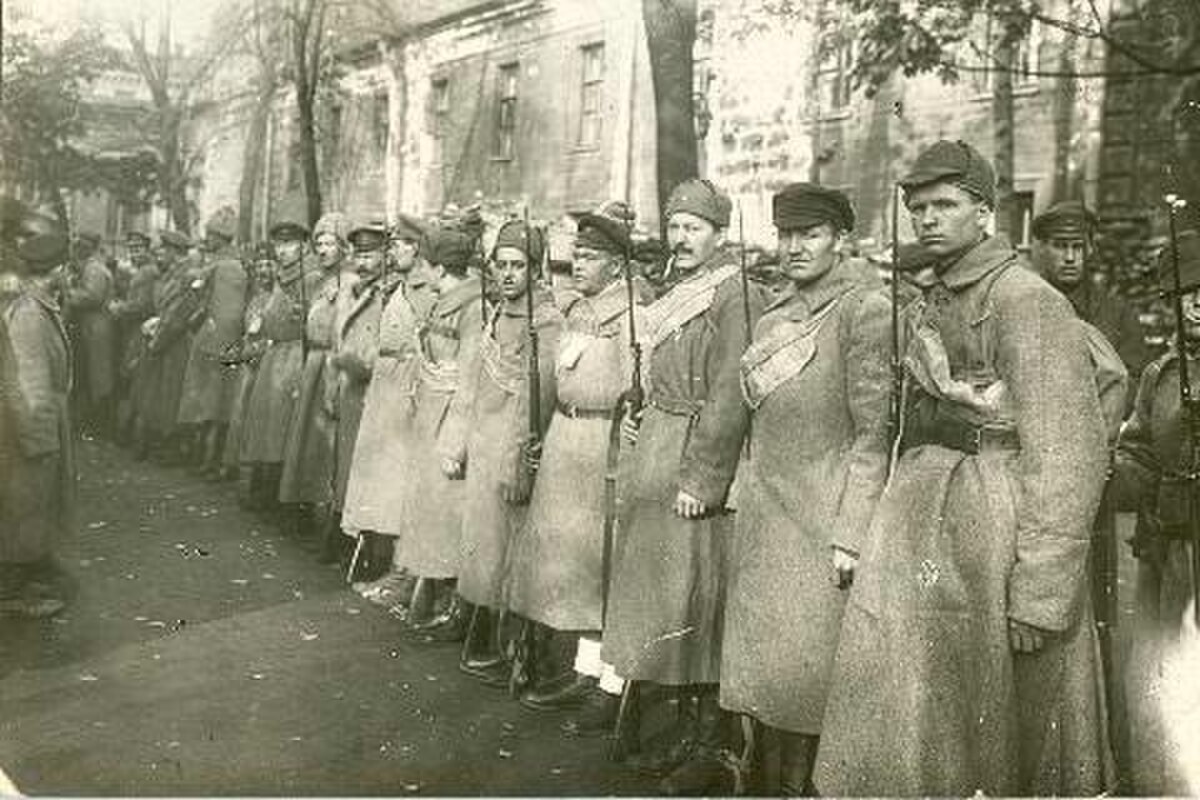
Battle of Petrograd
Saint Petersburg, RussiaGeneral Yudenich spent the summer organizing the Northwestern Army in Estonia with local and British support. In October 1919, he tried to capture Petrograd in a sudden assault with a force of around 20,000 men. The attack was well-executed, using night attacks and lightning cavalry maneuvers to turn the flanks of the defending Red Army. Yudenich also had six British tanks, which caused panic whenever they appeared. The Allies gave large quantities of aid to Yudenich, but he complained of receiving insufficient support.
By 19 October, Yudenich's troops had reached the outskirts of the city. Some members of the Bolshevik central committee in Moscow were willing to give up Petrograd, but Trotsky refused to accept the loss of the city and personally organized its defenses. Trotsky himself declared, "It is impossible for a little army of 15,000 ex-officers to master a working-class capital of 700,000 inhabitants." He settled on a strategy of urban defense, proclaiming that the city would "defend itself on its own ground" and that the White Army would be lost in a labyrinth of fortified streets and there "meet its grave".
Trotsky armed all available workers, men and women, ordering the transfer of military forces from Moscow. Within a few weeks, the Red Army defending Petrograd had tripled in size and outnumbered Yudenich three to one. Yudenich, short of supplies, then decided to call off the siege of the city and withdrew. He repeatedly asked permission to withdraw his army across the border to Estonia. However, units retreating across the border were disarmed and interned by orders of the Estonian government, which had entered into peace negotiations with the Soviet Government on 16 September and had been informed by the Soviet authorities of their 6 November decision that if the White Army was allowed to retreat into Estonia, it would be pursued across the border by the Reds. In fact, the Reds attacked Estonian army positions and fighting continued until a ceasefire went into effect on 3 January 1920. After the Treaty of Tartu. most of Yudenich's soldiers went into exile. Former Imperial Russian and then Finnish General Mannerheim planned an intervention to help the Whites in Russia capture Petrograd. However, he did not gain the necessary support for the endeavour. Lenin considered it "completely certain, that the slightest aid from Finland would have determined the fate of [the city]".
